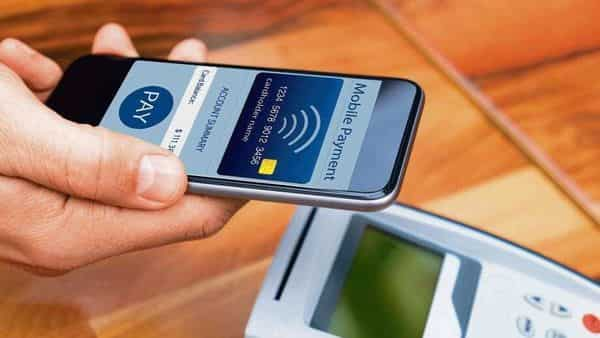India has emerged as a leader in digital payments, with a manifold increase in such transactions in recent times. There are not many countries that allow digital transactions worth as low as one rupee. The Universal Payments Interface (UPI), which was launched in 2016 to allow payments round the clock 365 days a year, has been very successful. Recently, the UAE became the third country after Bhutan and Singapore to accept UPI payments outside India, which is an indication of the ease and efficiency of this system. There is some euphoria around private consortium-led payment mechanisms under the central bank’s New Umbrella Entities plan as well.
Despite a vibrant digital payment network, financial inclusion faces some bottlenecks in India. At the core of this problem lies the country’s rural-urban divide, both in terms of technology and access to banking infrastructure. The share of telephone subscribers resident in rural areas has increased over time, with the figure placed at 44.8% in December 2020. However, a large gap still exists in terms of internet access. As per the latest data available from the Telecom Regulatory Authority of India, there are 34.6 rural internet subscribers per 100 people in the country, as opposed to 104 in urban areas (as on end December 2020). Internet penetration also varies widely across states. Internet subscribers per 100 persons ranges from 210 in Delhi and 87.6 in Punjab to 40.8 in Uttar Pradesh and 32.9 in Bihar.
Further, of the country’s total bank branches, 33.5% are located in rural areas, 27.5% in semi- urban, 19.3% in urban and 19.7% in metropolitan zones, as on end-June 2021. There are around 190 million unbanked citizens in our country, residing mostly in rural parts. However, it is noteworthy that our central bank and government have been taking measures to expand bank infrastructure in unbanked areas and open bank accounts for people under the Jan Dhan Yojana. This is aimed at increasing everyone’s access to financial services, which has already improved substantially.
As the existing digital payment methods require a bank account and internet/smartphone, until these gaps are filled, complete financial inclusion will remain a developmental challenge. Most developing countries face similar challenges, and some of them have successfully tackled these through the innovative use of technology. One such example is M-Pesa in Kenya, where ‘M’ stands for mobile and ‘Pesa’ for money. M-Pesa was introduced in Kenya as an initiative for financial […]
